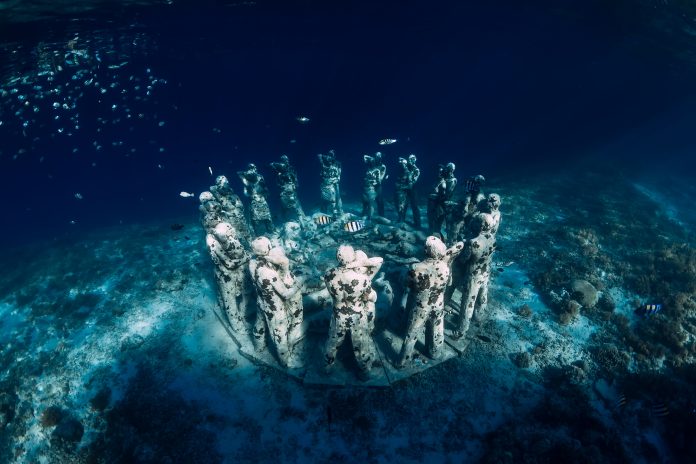Scientists say that levels of mercury in the Pacific Ocean are even higher than some places directly contaminated by the toxic chemical
The amount of mercury that has been discovered in this area is actually more than has ever been recorded in the Ocean. It is even higher than in many areas contaminated by industrial releases of the toxic chemical.
An international team from Denmark, Canada, Germany and Japan looked at the health of the ocean – up to 10 kilometres under the sea.
Why is mercury dangerous in the ocean?
Why is mercury dangerous in the human body?
According to the WHO, the inhalation of mercury vapour can produce harmful effects on the nervous, digestive and immune systems, lungs and kidneys, and may be fatal. The inorganic salts of mercury are corrosive to the skin, eyes and gastrointestinal tract, and may induce kidney toxicity if ingested.
They further explain: “Neurological and behavioural disorders may be observed after inhalation, ingestion or dermal exposure of different mercury compounds. Symptoms include tremors, insomnia, memory loss, neuromuscular effects, headaches and cognitive and motor dysfunction. Mild, subclinical signs of central nervous system toxicity can be seen in workers exposed to an elemental mercury level in the air of 20 μg/m3 or more for several years.
“Kidney effects have been reported, ranging from increased protein in the urine to kidney failure.”
‘Representative of collective increase in anthropogenic emissions’
Lead author Professor Hamed Sanei, Director of the Lithospheric Organic Carbon Laboratory (LOC) at the Department of Geoscience, Aarhus University, said: “The bad news is that these high mercury levels may be representative of the collective increase in anthropogenic emissions of Hg into our oceans.
“But the good news is that ocean trenches act as a permanent dump, and so we can expect the mercury that does end up there will be buried for many millions of years. Plate tectonics will carry these sediments deep into the earth’s upper mantle.”
“But even as mercury is being removed from the biosphere, it remains quite alarming how much mercury has ended up in the ocean trenches. This may be an indicator of the overall health of our oceans.”
Possible changes to how mercury is removed from environment?
Co-author Dr. Peter Outridge, a research scientist with Natural Resources Canada and lead author of the United Nations’ Global Mercury Assessment, commented: “The results of this research help fulfill a key knowledge gap in the mercury cycle, i.e. the true rate of mercury removal from the global environment into deep-ocean sediments.
“We have shown that sediments in the ocean trenches are mercury accumulation ‘hotspots’, with mercury accumulation rates many times higher than were previously believed to be present.”
Co-author Ronnie Glud, Professor and Director of the Hadal Centre at the University of Southern Denmark, commented: “This paper calls for extensive additional sampling of the deep-ocean and in particular hadal trenches to support this preliminary work. Ultimately this will improve the accuracy of environmental mercury models and the management of global mercury pollution.”











